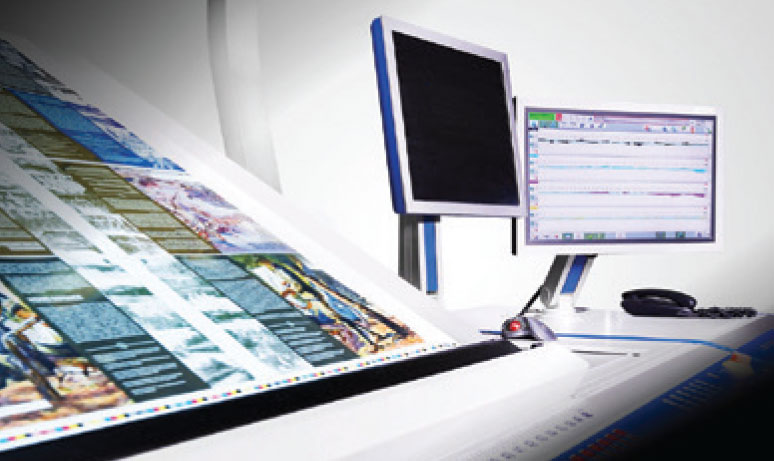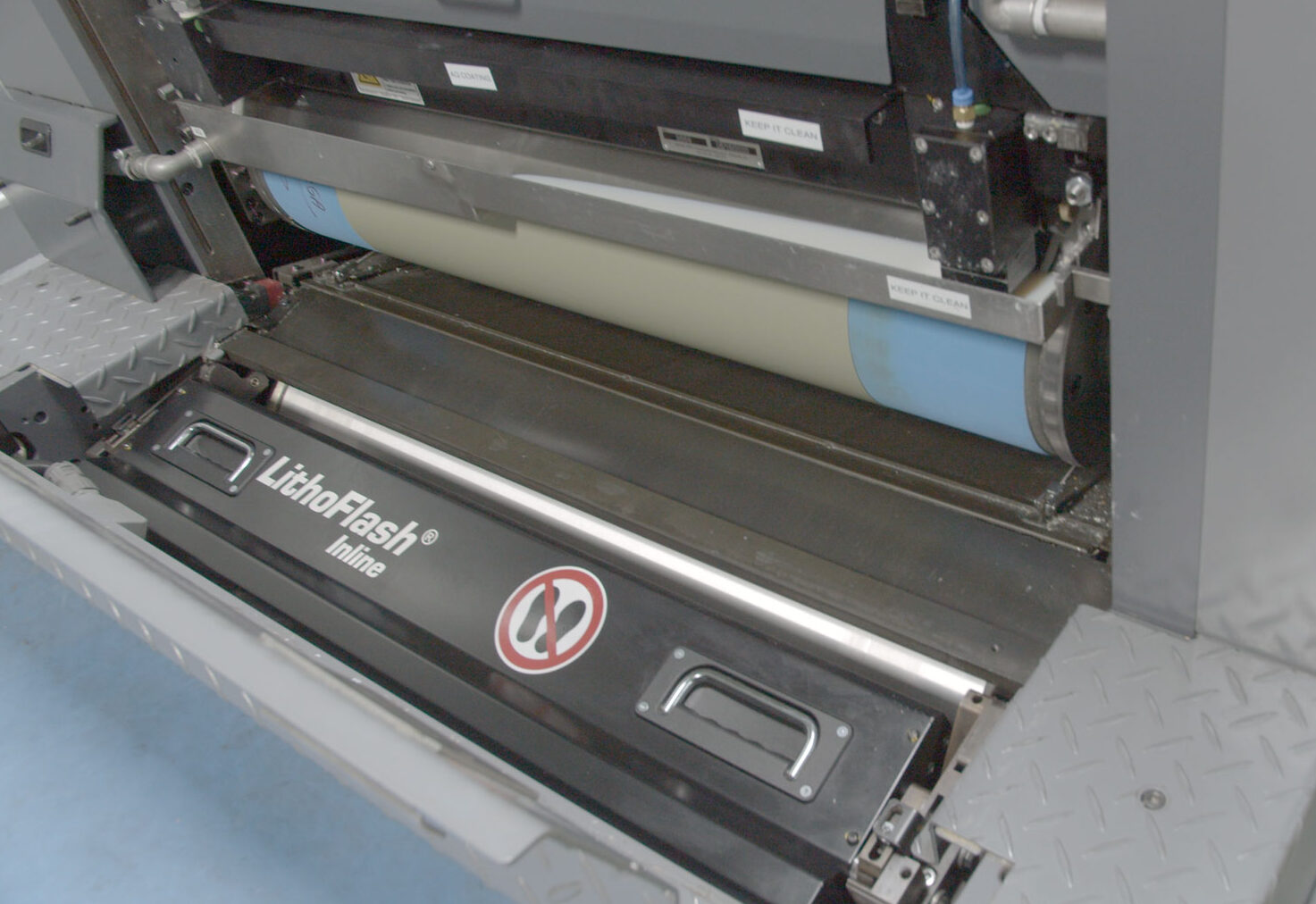-
Proofing Standards: Emphasizes the need for proper profiles and ISO verification in proofing to ensure accuracy and consistency in print production.
-
G7 Process: Discusses the significance of the G7 process and the GRACol color space for aligning proofs with press outputs, promoting standardized color management.
-
Best Practices: Highlights the importance of comparing internal proofs with customer-supplied proofs to avoid costly mistakes and maintain predictable color quality in printing.
Color Rules relies on the adherence to four main phases. Each phase of the process requires a documented procedure that must be followed closely to achieve true success.
Do you have an inline closed-loop color control device that scans every sheet? For the fourth and final step in the process, drive the press to target density. Get there as quickly as possible and maintain density throughout the run.
- Test and update your ink key presetting curves on a regular basis
- Use only inks that meet GRACoL specifications
- Tweak your densities based on neutral grey
- Run every color to recommended LAB/Best Match density with the lowest Delta E possible


By installing LithoFlash and following the outlined Color Rules process, you will reduce waste, improve performance, and save time and money.
Packaging Printers are seeing makereadies in UNDER 200 SHEETS
Commercial Printers are seeing makereadies in UNDER 100 SHEETS
Fill out the form below to schedule a LIVE DEMONSTRATION of the LithoFlash Inline!
Our Four Phase Color Rules Process will Streamline your Pressroom!
- The process is simplified
- Color consistency is ensured
- The press operator playing field is leveled
- Training new operators becomes easier
- Press problems are minimized
- Huge savings are realized


Recent Comments